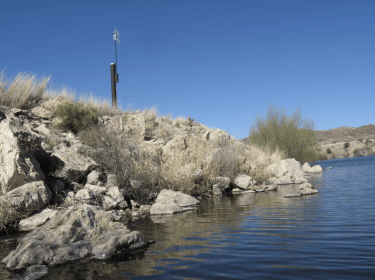Emergency Management & Public Safety
Being prepared is essential. Equip your team with the data they need to act fast and save lives when a weather-based emergency is close.
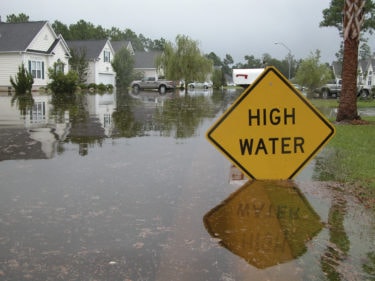
Being prepared is essential. Equip your team with the data they need to act fast and save lives when a weather-based emergency is close.

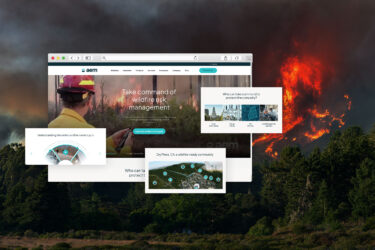
INTERACTIVE EXPERIENCE
Learn how local governments and utilities can protect communities from the growing threat of major wildfires.

Accurate data gathered directly from the location of concern and transmitted rapidly.

Automated outdoor alarms make sure people can avoid danger when it matters most.

Our trained meteorologists are ready to help you make critical decisions.

INTERACTIVE REPORT
Learn the six keys to building and maintaining a strong flood warning system and connect with three real-world success stories that illustrate our approach.
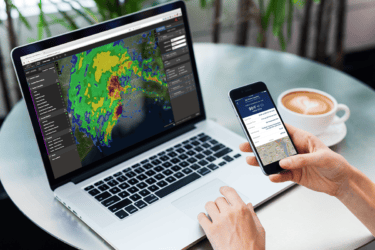
positive outcomes
In the event of flooding, wildfires, and other extreme weather, there’s no room for indecision – by acting fast you save lives and protect livelihoods. Accurate, real-time data means you can move early, confident you’ve made the right choice.
Severe weather events, such as hurricanes, tornadoes, floods, or wildfires, pose significant risks to human life. By improving response times, emergency personnel can evacuate people from vulnerable areas, provide timely medical assistance, and ensure the safety of residents. Every moment counts in these situations, and faster responses increase the likelihood of successful rescues and reduce the loss of life.
Timely responses enable authorities to implement preventive measures that safeguard critical infrastructure, homes, and businesses. This includes reinforcing buildings, deploying flood barriers, or implementing controlled power shutdowns to prevent further damage. By acting swiftly, response teams can mitigate the destruction caused by severe weather, reducing economic losses for individuals and communities.
Faster response times enable better resource allocation. By quickly assessing the severity of a weather event, emergency managers can allocate personnel, equipment, and supplies in a coordinated and efficient manner. This ensures that resources are deployed where they are most needed and maximizes the effectiveness of response efforts.
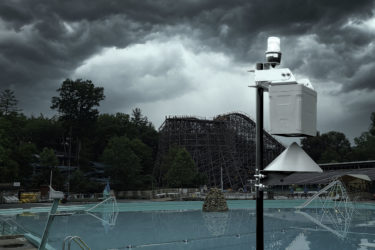
mass notification
Severe weather events often require evacuation measures to ensure the safety of residents in vulnerable areas. Alerts and notifications help authorities communicate evacuation orders and provide information on available shelters. By promptly notifying the public, individuals can evacuate to safer locations or find appropriate shelter, reducing the potential for harm during the event.
Public safety is a priority when you know lightning, flooding, or other dangerous weather is on the way. We automate alerts to warn everyone affected, letting you shut down operations and move people to safety in plenty of time.
During severe weather events, effective communication is essential for coordinated response efforts. Alerts and notifications facilitate communication between emergency management agencies, first responders, and the public. This ensures that everyone is aware of the situation, understands the recommended actions, and can coordinate their responses accordingly.
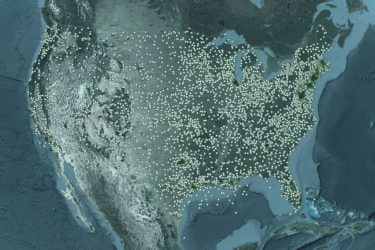
local and relevant coverage
With more than 17,500 automated weather stations and 1,800 lightning detection sensors across the world, we monitor where you need it most – the perfect partner to keep your people safe when emergency strikes.
To build weather resiliency, actionable data sourced from localized sensors is essential for informed decision-making by emergency managers and business leaders. Leveraging hyperlocal data allows for a more accurate and precise understanding of weather conditions at a micro-scale level.
Severe weather events can vary widely within a single region. Hyperlocal data enables emergency managers to assess the potential impact of severe weather on specific areas, such as neighborhoods or even individual streets. This assessment helps in determining evacuation orders, allocating resources, and implementing appropriate safety measures.

AEM Elements 360 is a multi-hazard weather intelligence solution and the cornerstone of the Elements Resiliency Platform.
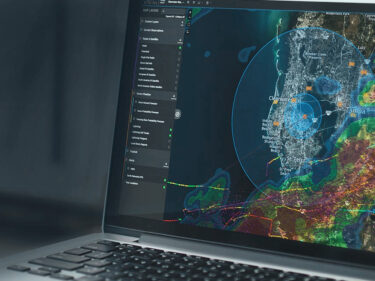
The ultimate severe weather visualization, decision support, and alerting tool, with a vast library of weather observation layers.
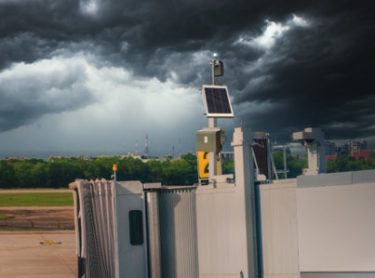
Make sure everyone knows lightning is on the way with our automated outdoor alert system.
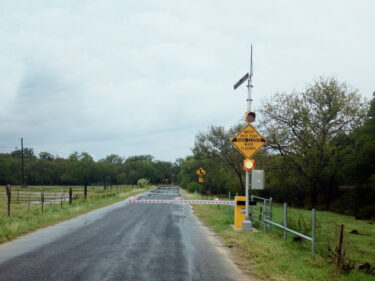
State-of-the-art technology for warning the public to stay out of flooded roadways.
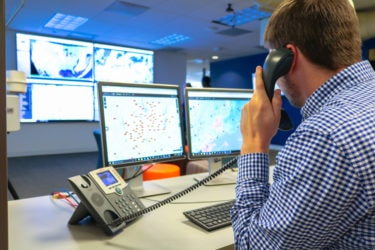
Call on our 24/7 team of expert meteorologists to access customized real-time weather consulting and storm tracking.

Tools and services to help you accurately track rainfall and model incoming storms.
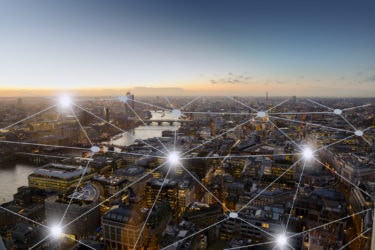
Our experts help you find the perfect mixture of sensors, gauges and other tools to optimize water management in your location.

Keep your weather network working precisely the way it should.
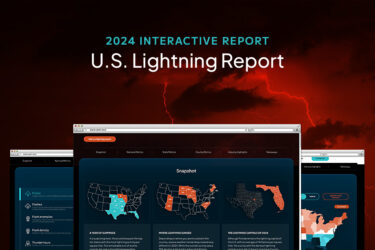
INTERACTIVE REPORT
Explore expert-level lightning data with an interactive spin.
Read how the city with the 2nd highest rate of lightning sought a lightning detection solution.
Raleigh saw a need to proactively anticipate flood conditions before they happened, and in areas that had limited rain gauge coverage. They partnered with AEM’s Vieux & Associates brand to help make that vision a reality.
Doña Ana County leverages real-time hydrology and lightning data to gain situational awareness and make decisions to support emergency management operations when flooding is imminent.
OneRain implemented the ALERT2 protocol to achieve higher data quality.
To maintain real-time awareness of dynamic flood conditions, Santa Barbara County’s Flood Control District maintains a public-facing website powered in part by AEM’s Contrail platform.
Watch how the county coordinates weather safety information across multiple locations with Earth Networks.
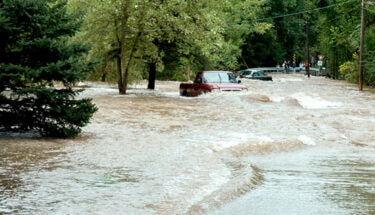
solution guide
In this solution guide, you’ll learn how to better prepare, design, and plan for flooding events, improve resiliency, and employ technologies that help protect lives and property, including:
